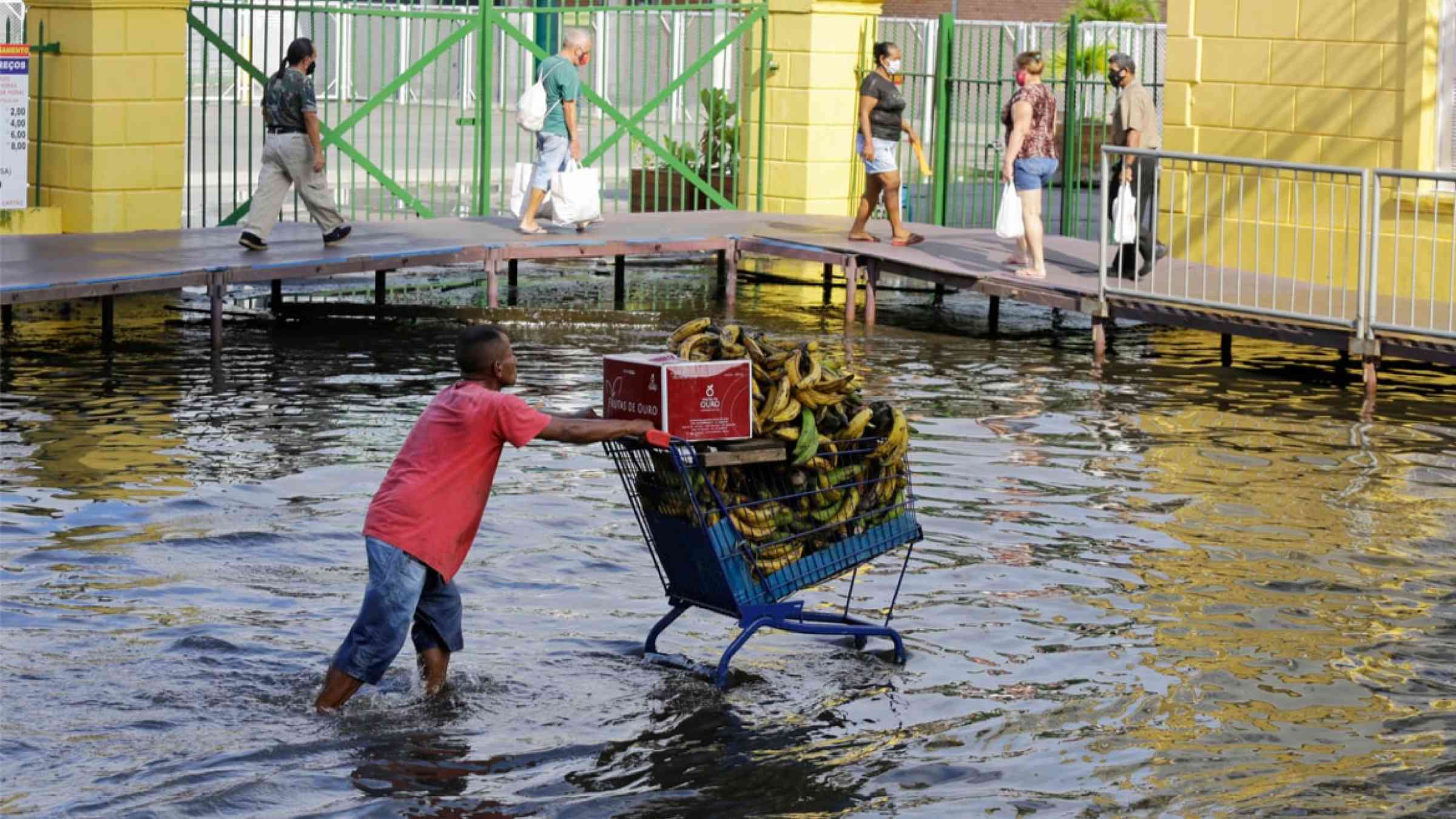COVID-19 and extreme weather highlight folly of low investment in disaster prevention

GENEVA, 13 October 2021 – The UN Office for Disaster Risk Reduction today issues a new report “International Cooperation in Disaster Risk Reduction” which highlights low levels of investments in disaster prevention and disaster risk reduction for the world’s most vulnerable countries.
Official Development Assistance (ODA) has averaged around 0.39% of Gross National Income since 2010 against the committed target of 0.7%, and for every US$100 spent on disaster-related development aid, only 50 cents are invested in protecting development from the impact of disasters, the report finds.
Speaking today on International Day for Disaster Risk Reduction, UNDRR Director, Ricardo Mena, said: “A key finding is that out of US$ 133 billion of disaster-related ODA between 2010 and 2019, just US$5.5 billion was invested in measures that would either prevent or significantly reduce the risk and impact of a disaster. The bulk of the spending, US119.8 billion was earmarked for emergency/ disaster response and US$7.7 billion was spent on reconstruction, relief, and rehabilitation.
“This is an indication that we need to ramp up investment in disaster prevention if we are to cope with the exponential rise of disaster events in recent decades. COVID-19 has claimed almost five million lives and caused huge economic disruption. The required level of investment in reducing the risk of a disease outbreak of this magnitude was not made despite warnings that a pandemic was inevitable. Extreme weather events are more frequent and international support to developing countries bearing the brunt of these disasters is very low.”
Enhancing international cooperation to developing countries to reduce their disaster risk is the focus of today’s International Day for Disaster Risk Reduction. This is Target F, the 6th of the seven targets of the Sendai Framework for Disaster Risk Reduction adopted by UN Member States in 2015 and designed to achieve a substantial reduction in disaster losses by 2030.
Mr. Mena said: “This lack of investment undermines efforts by developing countries to adapt to climate change and implement national strategies for disaster risk reduction. Only 27 of the 46 Least Developed Countries report having national disaster risk reduction strategies.
“An international community that allocates only 0.5% of disaster-related ODA to prevention and preparedness is not realizing the cost benefits that flow from investing in disaster risk reduction to save lives and reduce economic losses.”
Key report findings:
- Financing for disaster risk reduction makes up a small fraction of overall investments in development aid;
- US$ 133 billion of disaster-related ODA has been made available between 2010-2019: this is 11% of overall aid (US$ 1.17 Trillion).
- Of this, US$ 5.5 billion was aimed at risk reduction measures before disasters strike, compared to US$ 119.8 billion spent on emergency/ disaster response and US$7.7 billion for reconstruction, relief, and rehabilitation.
- Of overall disaster-related ODA between 2010-2019, the US$5.5 billion spent on DRR accounts for just 0.5% of the total amount spent on disaster-related aid.